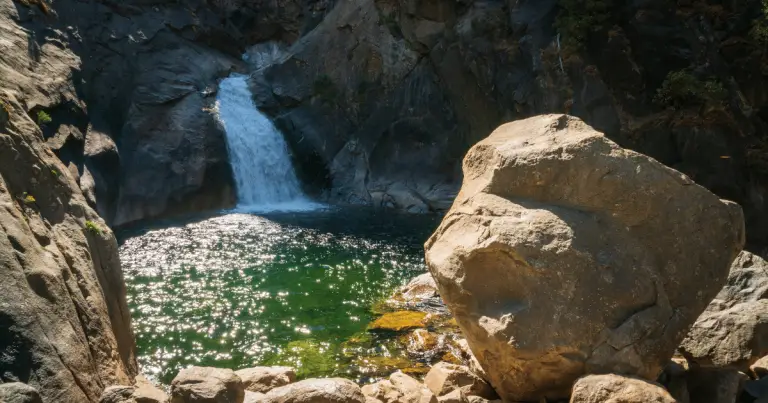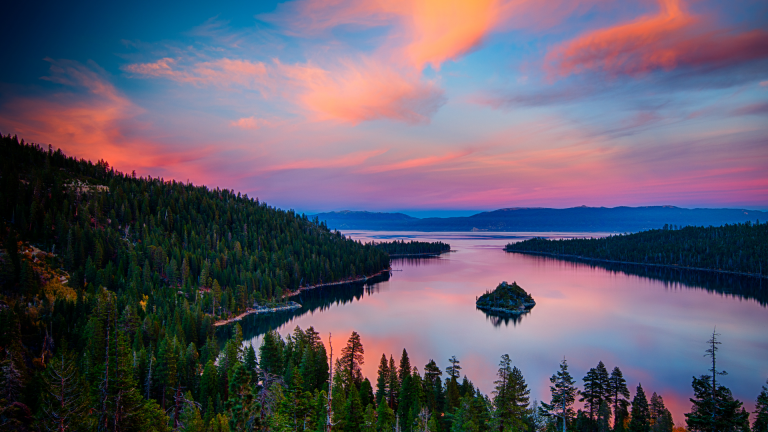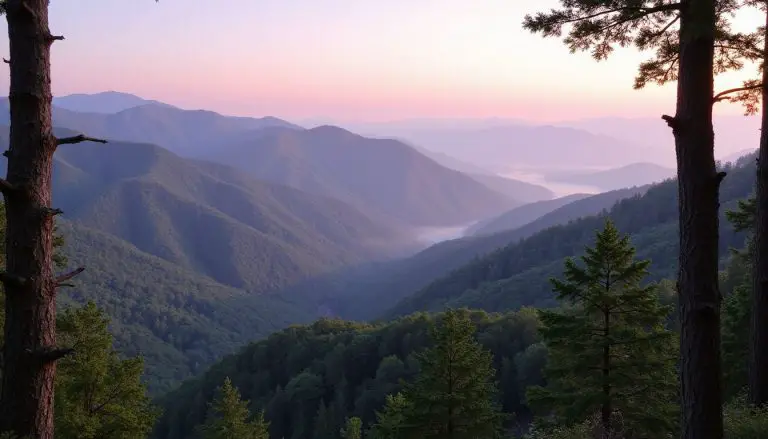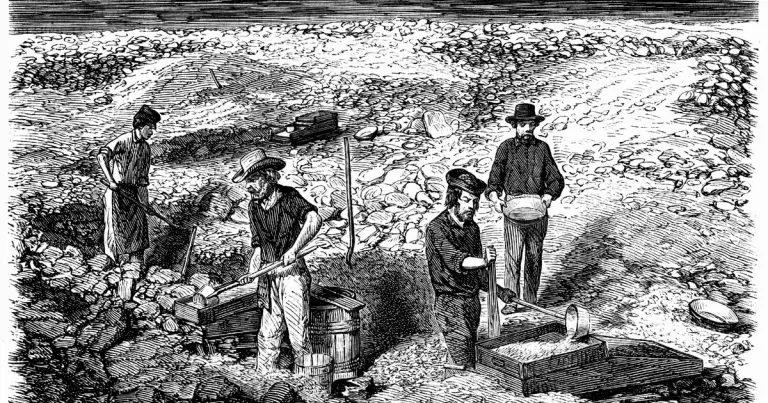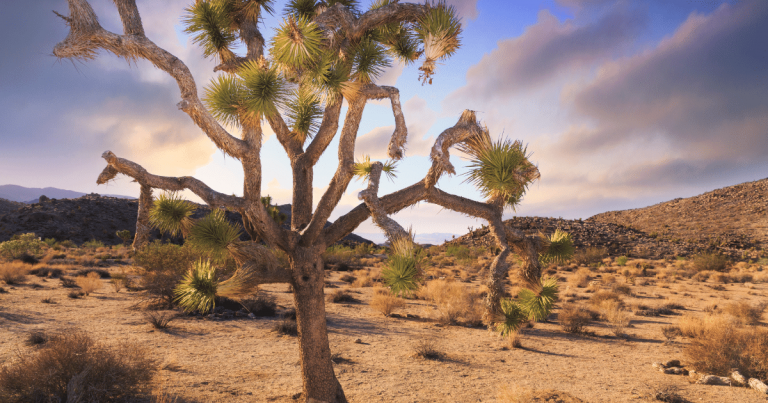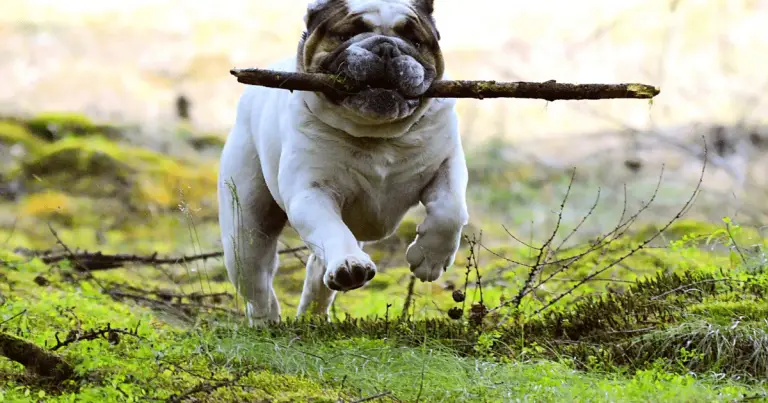wildlife spotting tips in Grand Teton National Park
Many visitors struggle to spot moose, bears, or bison in Grand Teton National Park. The park is home to over 60 mammal species and hundreds of birds. This guide covers the best wildlife spotting tips in Grand Teton National Park and shares top locations for nature viewing and photography.
Keep reading to learn how you can make the most of your wildlife sightings.
Key Takeaways
- Dawn and dusk are the best times to spot wildlife in Grand Teton National Park. Animals like moose, bears, elk, and bison are most active during these hours on roads such as Moose-Wilson Road and Antelope Flats Road.
- Visitors should keep a safe distance from animals: at least 100 yards from bears and wolves, and 25 yards or more from moose, elk, and other mammals. Use binoculars or spotting scopes for better viewing without disturbing wildlife.
- Dress in layers due to changing weather conditions, especially at higher elevations. A base layer helps with moisture; an insulated layer provides warmth; a waterproof outer layer protects against rain or wind.
- Guided tours increase your chances of seeing diverse species. These tours often include photography tips from experts and visit top areas like Jackson Lake Scenic Drive, Snake River, and Signal Mountain Summit Road.
- Other activities such as sleigh rides at the National Elk Refuge (December–April) offer unique ways to view large herds of elk. Hiking trails—including Jenny Lake Loop Trail—also let you observe wildlife safely while enjoying scenic landscapes.
Best Times and Locations to Spot Wildlife
Wildlife observation thrives during dawn and dusk when animals are most active. Key roads like Moose-Wilson Road and Antelope Flats Road offer prime spots for incredible sightings.
Dawn and dusk
Dawn and dusk provide the best opportunities for wildlife viewing in Grand Teton National Park. Animals such as moose, bears, and elk are most active during these times. Light at sunrise or sunset creates beautiful scenes for photography while attracting various species.
Plan to visit popular spots like Moose-Wilson Road or Antelope Flats Road for sightings. The Snake River area also offers excellent chances to observe animals as they move about their habitats.
Bring your binoculars; you won’t want to miss any action!
The wilderness holds answers to questions we have not yet learned to ask.
Moose-Wilson Road
Moose-Wilson Road offers excellent wildlife viewing opportunities in Grand Teton National Park. This scenic route runs through an area rich with biodiversity. Moose, bears, and elk often roam nearby.
Travelers can spot these animals along the road, especially during dawn and dusk when they are most active.
The road connects various habitats, providing a great chance to observe animal behavior. Visitors should maintain a safe distance from all wildlife to protect both themselves and the animals.
Bring binoculars for better views and experience nature up close while respecting park regulations.
Antelope Flats Road
Antelope Flats Road offers stunning views for wildlife observation. You might spot elk, bison, and in some cases, moose grazing along the meadows. This area is known for its open fields, where animals roam freely.
The surrounding landscape provides a rich habitat for various species.
The best time to visit Antelope Flats Road is during early morning or late afternoon. These hours increase your chances of sightings as animals are more active at these times. Bring binoculars to get a closer look at distant wildlife without disturbing them.
This scenic route also leads you deeper into Grand Teton National Park’s natural beauty and biodiversity. Explore it with care and respect toward nature as you continue your adventure in this iconic park.
Next, explore the important tips for wildlife viewing that will enhance your experience further.
Snake River
Snake River offers excellent opportunities for wildlife viewing in Grand Teton National Park. The river draws many animals, including moose, bears, and elk. Early morning or late afternoon provides the best chances to see these creatures as they come to drink water or forage nearby.
The scenic route along the Snake River is not only beautiful but also ideal for photography. Bring binoculars and a spotting scope to observe animal behavior from a safe distance. Wildlife observation here can be rewarding, especially during seasonal migrations when various species pass through the area.
Enjoy this outdoor adventure as you explore the natural habitats along the riverbank.
Jackson Lake Scenic Drive
Jackson Lake Scenic Drive offers stunning views and rich wildlife sightings. This route runs alongside Jackson Lake, revealing amazing landscapes of mountains and water. Moose often wander near the lake’s edge, making it a prime spot for wildlife viewing.
Bears can also be seen in this area during certain seasons. You might catch a glimpse of elk or bison grazing in the fields nearby.
The drive provides easy access to scenic viewpoints perfect for photography. Bring your binoculars to observe animal behavior from a safe distance. The presence of diverse habitats supports various species, enhancing the experience for nature enthusiasts.
Exploring this route will lead you closer to exciting activities such as guided wildlife tours that delve deeper into Grand Teton National Park’s unique ecosystem.
Signal Mountain Summit Road
Signal Mountain Summit Road offers stunning views and excellent wildlife observation opportunities. This scenic route rises to over 7,700 feet in elevation. From the summit, visitors can spot moose, elk, bears, and bison roaming below.
The area’s diverse habitats support a wide range of animal behavior.
Travelers often enjoy breathtaking vistas of the Teton Range and surrounding valleys. Bring binoculars for a closer look at the animals without disturbing them. Wildlife photography enthusiasts find this location ideal for capturing memorable images in their natural habitat.
Hikers can also explore nearby trails to enhance their outdoor adventure experience while enjoying nature viewing along the way.
Important Tips for Wildlife Viewing
To truly enjoy wildlife viewing, keep a safe distance from animals. Dress in layers to stay comfortable and bring binoculars to enhance your experience.
Maintain a safe distance
Wildlife viewing in Grand Teton National Park offers thrilling encounters. Moose, bears, elk, and bison roam freely across the park. To enjoy these sights safely, keep a safe distance from all animals.
Approach wildlife slowly and quietly to avoid startling them.
Experts recommend staying at least 100 yards away from bears and wolves. For moose and elk, maintain a distance of 25 yards or more. Safety is paramount for both visitors and animals alike.
Use binoculars or a spotting scope for better views without getting too close. Respecting animal habitats helps with conservation efforts as well; this ensures future generations can enjoy the park’s biodiversity while experiencing its unique outdoor adventure options.
Do not feed animals
Maintaining a safe distance is crucial for both your safety and the wellbeing of the wildlife. Do not feed animals in Grand Teton National Park. Feeding them disrupts their natural behaviors and diet.
Animals become dependent on human food, which can lead to unhealthy habits.
Bears, moose, elk, and bison thrive best when they forage for natural food sources. By feeding wildlife, you also increase the risk of aggressive encounters. Enjoy observing these magnificent creatures from afar while keeping their habitat intact and thriving through ecotourism practices.
Dress in layers
Dressing in layers is key for wildlife viewing in Grand Teton National Park. The weather can change quickly, especially at higher elevations. Mornings and evenings may feel chilly, while midday can be warm under the sun.
A base layer wicks moisture away, keeping you comfortable during your adventure.
An insulating layer provides necessary warmth when temperatures drop. Finally, a waterproof outer layer protects against rain or wind. Those who dress properly remain focused on spotting moose, bears, elk, and bison instead of feeling uncomfortable.
Each season brings unique animal behaviors worth observing; this makes being prepared essential for successful wildlife observation and photography in this beautiful national park.
Bring binoculars and spotting scope
Binoculars and a spotting scope are essential for wildlife viewing in Grand Teton National Park. These tools allow you to see animals from a safe distance without disturbing them. Moose, bears, elk, and bison often roam the park’s habitats.
Using binoculars can bring distant animals up close, making your sightings more exciting.
A spotting scope offers even greater detail. It helps capture animal behavior as they interact within their environment. Bring these devices to enhance your nature viewing experience on scenic routes like Antelope Flats Road and Signal Mountain Summit Road.
Next, consider guided wildlife tours for an expert view of the park’s biodiversity and ecosystems.
Other Activities to Consider
Visitors can join guided wildlife tours for a closer look at the park’s diverse animals. Exploring hiking trails also offers a chance to enjoy breathtaking views and discover unique habitats.
Guided wildlife tours
Guided wildlife tours offer an excellent way to observe animals in their natural habitats. Tour guides share valuable insights about the diverse species in Grand Teton National Park.
- Knowledgeable guides lead these tours. They have extensive training in animal behavior and can provide details about bison, elk, and bears.
- Tours often take place at prime times for wildlife sightings, such as early morning or late evening. Participants increase their chances of seeing moose and other animals during these hours.
- Most tours cover popular routes like Moose-Wilson Road and Antelope Flats Road. These scenic paths are known for rich biodiversity.
- Some companies include photography tips in their tours. Guides help you capture stunning images of wildlife with proper techniques.
- Many tours offer transportation, reducing the stress of driving through the park. This allows you to focus completely on observing nature.
- Group sizes vary, but smaller groups enhance personal experiences and increase opportunities for questions.
- Guided tours often introduce participants to lesser-known areas of the park, providing unique viewing opportunities away from crowded spots.
Explore guided wildlife tours to enrich your adventure at Grand Teton National Park while maximizing your chances of exceptional views and insights into animal behavior.
Exploring hiking trails
Exploring hiking trails offers an excellent way to view wildlife. These paths provide unique opportunities for wildlife observation in Grand Teton National Park.
- The Jenny Lake Loop Trail stretches about 7.1 miles and showcases stunning scenery. Hikers often spot moose and bears near the water’s edge during early morning or late afternoon.
- Cascade Canyon Trail runs into the heart of the park. This trail leads you through diverse habitats where elk and bison roam freely.
- Taggart Lake Trail is a shorter option at 3 miles round trip. Hikers enjoy scenic views and frequently see deer grazing along the path.
- Phelps Lake Shoreline Trail gives visitors access to beautiful lakeside vistas. Many hikers capture great photographs of birds and other animals that inhabit this area.
- The Blacktail Pond Trail is flat and ideal for families. Wildlife sightings include various bird species, making it perfect for nature viewing enthusiasts.
- Bradley Lake Trail features moderate terrain with amazing views of the Tetons. This trail attracts many photographers eager to capture animal behavior throughout the journey.
- Hermitage Point Trail is a longer hike, measuring about 8 miles round trip. The diverse ecosystems along this route support rich biodiversity and abundant wildlife sightings.
Each of these trails provides unforgettable experiences with nature while ensuring safe distances from animals. Do not miss out on your chance for incredible photography opportunities in these picturesque areas.
Sleigh rides at National Elk Refuge
Sleigh rides at the National Elk Refuge offer a unique way to see wildlife. This activity is perfect for families and offers a memorable experience.
- Enjoy close views of elk as you ride through the refuge. Sleigh rides provide an excellent opportunity for wildlife observation.
- Guided tours take place during the winter months, usually from December to April. Snow-covered landscapes create a beautiful backdrop for your adventure.
- Local guides share insights about animal behavior and habitat along the route. Their knowledge enhances your understanding of these magnificent creatures.
- The sleighs are pulled by horses, allowing a peaceful journey through scenic routes. The gentle sound of hoofbeats adds charm to your experience.
- Photography enthusiasts will love capturing images of elk in their natural environment. These moments can lead to stunning wildlife photography opportunities.
- Dress warmly in layers since temperatures can drop significantly in winter. Being prepared ensures you stay comfortable throughout the ride.
- Reservations are recommended due to limited space during peak times. Securing your spot ahead of time contributes to a smoother experience.
Enjoy this outdoor adventure at the National Elk Refuge while witnessing biodiversity up close!
Wildlife photography with a professional
Wildlife photography with a professional enhances your experience in Grand Teton National Park. Capturing stunning images of animals like moose, bears, and elk will create lasting memories.
- Join guided wildlife photography tours led by experts. They help you find the best locations for sightings and teach you about animal behavior.
- Professionals share valuable photography techniques tailored for wildlife settings. You will learn how to adjust settings, focus on subjects, and capture action shots.
- Experience the thrill of photographing diverse species in their natural habitats. The park hosts bison roaming freely across meadows and bears exploring the woods.
- Use high-quality equipment recommended by professionals for better results. A good camera and lens significantly improve your chances of capturing impactful images.
- Capture stunning scenery alongside wildlife during your sessions. Scenic routes like Jackson Lake Drive provide breathtaking backdrops for your photos.
- Receive instant feedback from photographers to improve your skills on the spot. Their guidance helps both beginners and experienced photographers refine their techniques.
Engage in other exciting activities while exploring this beautiful national park in pursuit of nature viewing opportunities.
Conclusion
Enjoying wildlife spotting in Grand Teton National Park can be a thrilling experience. Follow these tips to maximize your sightings. Stay safe by keeping your distance from animals and never feed them.
Dressing in layers will keep you comfortable as you explore the stunning landscapes. Bring binoculars to enhance your viewing, and don’t forget your camera for those unforgettable moments.
FAQs
1. What are the best spots for wildlife viewing in Grand Teton National Park?
Scenic routes like Moose-Wilson Road and Oxbow Bend offer great chances to see moose, elk, bison, and bears. Nature trails near these areas also increase your chance of sightings.
2. When is the best time to observe animal behavior in the park?
Early morning or evening hours provide better opportunities for wildlife observation. Many animals such as elk and bears are more active during cooler parts of the day.
3. How can I improve my photography while spotting wildlife?
Stay patient and quiet when photographing animals in their habitat. Use binoculars or a telephoto lens so you do not disturb them during nature viewing.
4. Are there hiking trails that support safe ecotourism and biodiversity exploration?
Yes; conservation areas feature marked hiking routes where visitors can enjoy outdoor adventure while respecting protected habitats for various species.
5. What should I know about safety when seeking wildlife sightings on national park hikes?
Keep a safe distance from all wild creatures including bison and moose. Follow guidelines posted along nature trails to protect both yourself and local biodiversity during your visit to Grand Teton National Park.

